Home>Furniture & Design>Interior Design Trends>What Is Glass Fusion
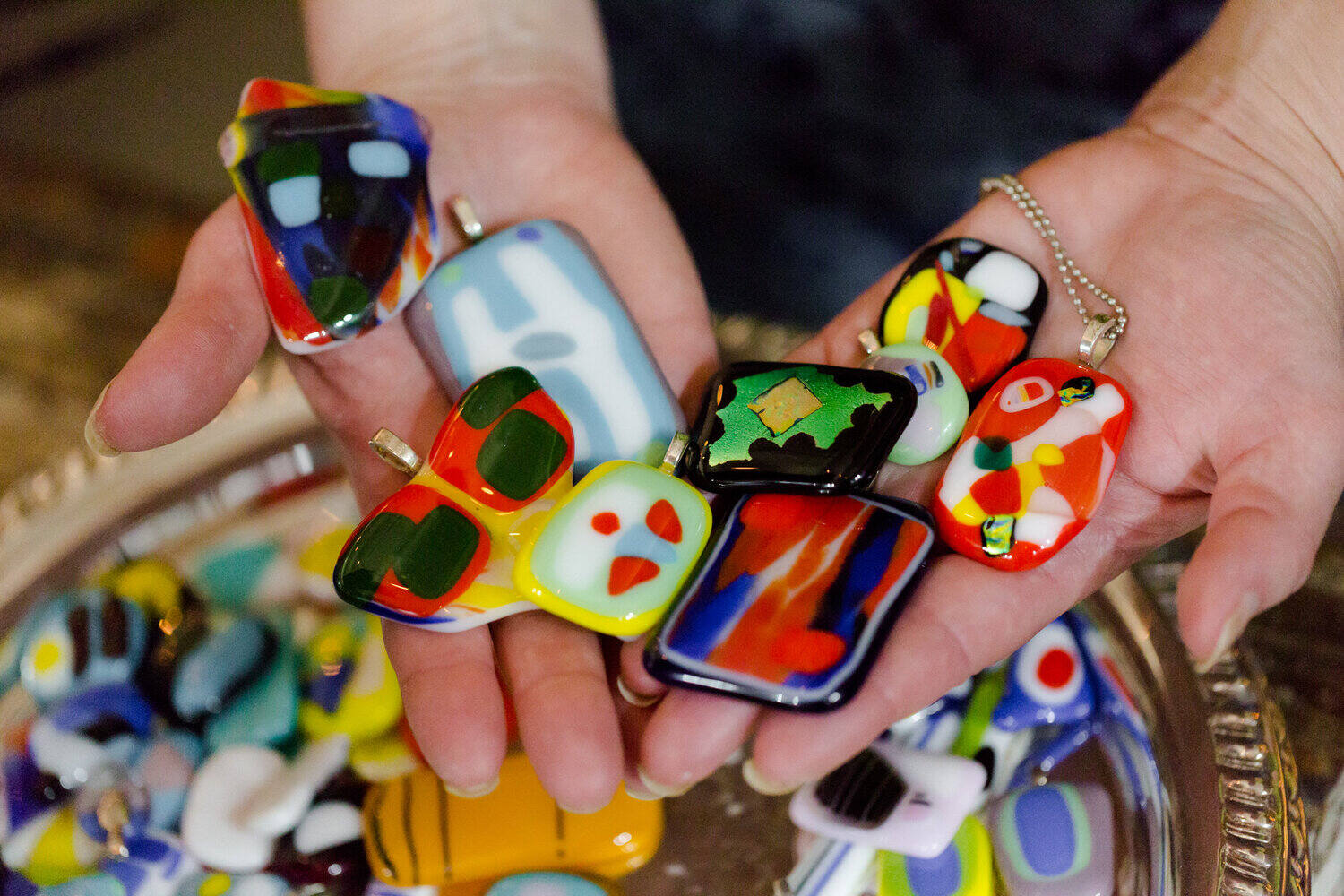

Interior Design Trends
What Is Glass Fusion
Modified: February 18, 2024
Discover the latest interior design trend of glass fusion and how it can elevate your space. Learn about the art of blending glass to create stunning decor.
(Many of the links in this article redirect to a specific reviewed product. Your purchase of these products through affiliate links helps to generate commission for Storables.com, at no extra cost. Learn more)
Introduction
Glass fusion, also known as kiln-formed glass, is a captivating and versatile art form that has gained immense popularity in the realm of interior design and decor. This innovative technique involves the melting and fusing of different pieces of glass at high temperatures to create stunning and unique artworks, functional pieces, and decorative accents. The allure of glass fusion lies in its ability to transform ordinary glass into extraordinary creations, showcasing a harmonious blend of colors, textures, and shapes.
Glass fusion has emerged as a captivating medium for artists and designers to express their creativity and bring their visions to life. The fusion process allows for endless possibilities, enabling artisans to craft exquisite pieces that range from intricate jewelry and ornamental sculptures to functional platters and striking wall art. The resulting pieces often exude a mesmerizing blend of translucency, depth, and luminosity, captivating the beholder with their ethereal beauty.
As a fusion of art and science, glass fusion embodies a delicate balance between precision and artistic expression. The fusion process requires a deep understanding of the behavior of glass under varying temperatures, as well as a keen eye for design and composition. Artists and craftsmen meticulously orchestrate the fusion process, carefully layering and arranging glass elements to achieve the desired aesthetic and structural integrity.
The allure of glass fusion extends beyond its artistic appeal, as it also serves as a testament to the timeless allure of glass as a medium. With its rich history and enduring legacy, glass has long been revered for its ability to capture and refract light, creating a captivating interplay of luminosity and color. Through the art of fusion, this inherent beauty is elevated to new heights, captivating viewers with its enchanting allure.
In the following sections, we will delve deeper into the captivating history of glass fusion, explore the intricate process of fusing glass, examine the diverse types of glass fusion techniques, and uncover the myriad applications of this art form in interior design and beyond. Join us on this journey as we unravel the enchanting world of glass fusion and discover the boundless creativity and beauty it embodies.
Key Takeaways:
- Glass fusion is a captivating art form that transforms ordinary glass into extraordinary creations through a meticulous process of heating, fusing, and shaping. It offers endless creative possibilities for artists and designers.
- The history of glass fusion dates back to ancient civilizations, and it continues to thrive as a versatile medium for creating decorative accents, architectural installations, functional glassware, and wearable art. Glass fusion embodies a harmonious blend of artistry and technical precision.
Read also: 10 Best Fusion Juicer for 2024
History of Glass Fusion
The captivating art of glass fusion traces its origins back to ancient times, with evidence of early glass fusing techniques dating back to the ancient Egyptians and Romans. These civilizations were among the first to experiment with the fusion of glass, laying the foundation for the evolution of this mesmerizing art form.
The ancient Egyptians, renowned for their mastery of glassmaking, utilized rudimentary fusion methods to create intricate glass beads and vessels. By heating and fusing different glass components, they were able to craft ornate adornments and vessels that showcased a harmonious blend of colors and patterns. This early experimentation with glass fusion laid the groundwork for the development of more sophisticated techniques in the centuries to come.
Similarly, the Romans made significant strides in the realm of glass fusion, leveraging their advanced glassmaking skills to create elaborate mosaics and decorative glassware. The fusion of glass allowed them to produce stunning tessellated patterns and vibrant compositions, showcasing the artistic potential of this innovative technique.
As the centuries unfolded, the art of glass fusion continued to evolve, with artisans and craftsmen across different cultures refining and expanding upon the fusion process. The medieval period witnessed the emergence of stained glass windows, where the fusion of colored glass pieces gave rise to breathtaking religious and narrative depictions that adorned cathedrals and churches.
The Renaissance era marked a pivotal turning point for glass fusion, as artists and craftsmen began to explore new possibilities and techniques, pushing the boundaries of traditional glassmaking. The fusion process became increasingly refined, allowing for the creation of intricate glass artworks and decorative pieces that captivated the imagination.
In more recent history, the 20th century saw a resurgence of interest in glass fusion, spurred by the pioneering work of artists such as Dale Chihuly and Harvey Littleton. These visionaries revolutionized the art world with their innovative approaches to glass fusion, elevating it to a revered form of contemporary art.
Today, the legacy of glass fusion continues to thrive, with artists and designers pushing the boundaries of creativity and innovation. The rich history of glass fusion serves as a testament to the enduring allure of this art form, showcasing its timeless appeal and boundless potential for artistic expression.
The evolution of glass fusion has been a testament to the enduring allure of this art form, showcasing its timeless appeal and boundless potential for artistic expression.
The Process of Glass Fusion
The process of glass fusion is a captivating alchemy that melds artistry with scientific precision, resulting in exquisite creations that captivate the beholder with their luminous beauty. At its core, glass fusion involves the meticulous orchestration of glass pieces, which are carefully arranged and fused together through a controlled heating and cooling process. This transformative journey unfolds in several distinct stages, each contributing to the creation of mesmerizing glass artworks and functional pieces.
1. Selection and Arrangement of Glass Elements
The journey of glass fusion begins with the selection of glass elements, which may encompass a diverse array of colors, textures, and forms. Artisans and designers carefully curate these elements, considering factors such as compatibility, coefficient of expansion, and desired visual effects. Once the elements are chosen, they are artfully arranged on a kiln shelf or mold, forming a composition that embodies the artist's vision and creativity.
2. Heating and Fusing
With the glass elements meticulously arranged, the fusion process commences as the kiln is heated to precise temperatures. As the temperature rises, the glass elements gradually soften and begin to fuse together, forming a cohesive whole. This stage demands a delicate balance of time and temperature, as the glass undergoes a gradual transformation, melding into a unified entity while retaining its individual characteristics.
3. Controlled Cooling
Following the fusion stage, the kiln is carefully cooled at a controlled rate to anneal the glass, ensuring its structural integrity and stability. This gradual cooling process is essential for minimizing internal stresses within the glass, preventing potential fractures or imperfections. The cooling period allows the fused glass to solidify and achieve its final form, ready to be unveiled and admired for its captivating beauty.
4. Finishing Touches
Once the glass has undergone the fusion and cooling stages, it may undergo additional processes such as shaping, polishing, or embellishment to refine its appearance and texture. These finishing touches add depth and character to the fused glass, enhancing its visual appeal and tactile qualities.
The process of glass fusion is a harmonious interplay of artistry and technical precision, culminating in the creation of captivating glass artworks, decorative accents, and functional pieces. Through the fusion process, artists and designers breathe life into glass, transforming it into a medium that transcends its inherent beauty, captivating the senses and inspiring awe with its luminous allure.
Types of Glass Fusion
Glass fusion encompasses a diverse array of techniques and approaches, each yielding distinct visual effects and artistic possibilities. From traditional methods rooted in ancient traditions to contemporary innovations that push the boundaries of creativity, the world of glass fusion offers a rich tapestry of styles and approaches. Here, we explore several notable types of glass fusion, each contributing to the captivating diversity of this art form.
-
Full Fuse: In full fuse glass fusion, the glass elements are heated to a high temperature, allowing them to fully melt and fuse together. This technique results in a smooth and flat surface, ideal for creating functional pieces such as platters, bowls, and tiles. The full fuse process enables artists to achieve a seamless integration of colors and textures, yielding vibrant and lustrous finished pieces.
-
Tack Fuse: Tack fuse glass fusion involves heating the glass elements to a lower temperature, allowing them to partially fuse while retaining some textural and dimensional qualities. This technique is often employed to create decorative accents, jewelry, and sculptural pieces, as it preserves the individual characteristics of the glass elements, resulting in intriguing patterns and visual depth.
-
Pattern Bars: Pattern bar glass fusion entails the creation of intricate glass rods or bars by layering and fusing different colored glass components. These bars are then sliced to reveal captivating patterns, which can be further incorporated into larger fused glass compositions. Pattern bars offer artists a versatile and dynamic approach to introducing complex designs and visual motifs into their creations.
-
Kiln Carving: Kiln carving involves the manipulation of glass through the use of molds, textures, and relief designs. By strategically placing the glass elements on or within molds and subjecting them to heat, artists can achieve sculptural and three-dimensional effects, resulting in pieces that exude depth and tactile allure. Kiln carving allows for the creation of intricate textures and captivating forms within fused glass artworks.
-
Pâte de Verre: Pâte de verre, a French term meaning "paste of glass," is a technique that involves creating glass objects from a paste of finely ground glass particles. This method allows for the crafting of delicate and translucent glass pieces, often imbued with a sense of ethereal beauty. Pâte de verre offers artists a unique avenue for exploring the interplay of light and color within their fused glass creations.
-
Combination Techniques: Many artists and designers explore hybrid approaches that combine various glass fusion techniques to achieve diverse visual effects and artistic expressions. By integrating elements of full fuse, tack fuse, pattern bars, and other methods, creators can unleash their creativity and produce fused glass pieces that embody a rich tapestry of textures, colors, and forms.
The myriad types of glass fusion techniques offer artists and designers a boundless realm of creative exploration, inviting them to experiment with different approaches and push the boundaries of traditional methods. Each technique brings its own unique characteristics and artistic possibilities, contributing to the captivating diversity and enduring allure of glass fusion as a medium for artistic expression.
Applications of Glass Fusion
The captivating art of glass fusion transcends the boundaries of traditional artistic expression, finding its place as a versatile and captivating medium with a myriad of applications in interior design, decor, and beyond. The mesmerizing allure of fused glass lends itself to a diverse range of functional, ornamental, and architectural uses, enriching spaces with its luminous beauty and captivating presence.
Read more: Where To Buy Jason Vale Fusion Juicer
Decorative Accents and Artworks
Glass fusion serves as a compelling avenue for creating decorative accents and artworks that infuse spaces with a touch of elegance and visual intrigue. From striking wall art and ornamental sculptures to intricately fused glass panels, artists and designers harness the transformative power of glass fusion to craft captivating pieces that serve as focal points within interior settings. The interplay of colors, textures, and light within fused glass artworks adds a dynamic dimension to spaces, captivating the eye and evoking a sense of enchantment.
Architectural Installations
The versatility of glass fusion extends to architectural applications, where fused glass elements are integrated into building facades, partitions, and interior features. The use of fused glass in architectural installations allows for the creation of bespoke designs that imbue spaces with a sense of sophistication and artistry. Whether employed in the form of decorative panels, lighting fixtures, or spatial dividers, fused glass elevates architectural environments, infusing them with a luminous and ethereal ambiance.
Functional Glassware and Tableware
Glass fusion finds expression in the realm of functional art, giving rise to an array of exquisite glassware and tableware. From vibrant serving platters and bowls to intricately fused glass vessels, the fusion process yields functional pieces that marry utility with artistic allure. The tactile and visual qualities of fused glassware add a touch of elegance to dining and entertaining experiences, enriching everyday rituals with the beauty of handcrafted artistry.
Jewelry and Wearable Art
The art of glass fusion extends its enchanting embrace to the realm of jewelry and wearable art, where fused glass components are transformed into captivating adornments. From luminous pendants and earrings to vibrant bracelets and brooches, fused glass jewelry showcases the intricate beauty and luminosity of the medium. Each piece becomes a wearable work of art, infusing personal style with a touch of artistic expression and individuality.
Read also: 8 Best Jack Lalanne Fusion Juicer for 2024
Custom Installations and Commissions
The versatility and expressive potential of glass fusion make it an ideal medium for custom installations and commissions. Artists and designers collaborate with clients to create bespoke fused glass pieces tailored to specific spaces, themes, and design visions. Whether adorning corporate environments, hospitality venues, or private residences, custom fused glass installations serve as unique expressions of creativity, enriching spaces with bespoke artistry and captivating allure.
In essence, the applications of glass fusion span a rich tapestry of artistic, functional, and architectural possibilities, inviting creators to explore the boundless potential of this captivating medium. From decorative accents that enliven interior settings to architectural elements that redefine spatial experiences, glass fusion continues to captivate and inspire, leaving an indelible mark on the realms of art, design, and decor.
Conclusion
In conclusion, the art of glass fusion stands as a testament to the enduring allure of this captivating medium, weaving together artistry, innovation, and timeless beauty. From its ancient origins to its contemporary manifestations, glass fusion has evolved into a versatile and captivating art form that transcends traditional boundaries, enriching interior spaces, architectural environments, and personal adornments with its luminous presence.
The rich history of glass fusion, rooted in ancient civilizations and perpetuated through the ages, underscores the enduring appeal and artistic significance of this transformative process. As artisans and designers continue to push the boundaries of creativity and innovation, glass fusion remains a dynamic and evolving art form, offering a myriad of techniques and approaches that invite exploration and experimentation.
The process of glass fusion, with its meticulous orchestration of glass elements and controlled transformation through heat and cooling, embodies a harmonious interplay of artistry and technical precision. This alchemical journey yields captivating glass artworks, decorative accents, and functional pieces that captivate the senses and inspire awe with their luminous allure.
The diverse types of glass fusion techniques, from full fuse to pattern bars and pâte de verre, offer artists a rich tapestry of creative possibilities, each contributing to the captivating diversity and enduring allure of glass fusion as a medium for artistic expression. Whether employed in the creation of decorative accents, architectural installations, functional glassware, or wearable art, glass fusion continues to captivate and inspire, leaving an indelible mark on the realms of art, design, and decor.
As the legacy of glass fusion continues to thrive, it serves as a compelling testament to the enduring allure of this art form, showcasing its timeless appeal and boundless potential for artistic expression. With its ability to transform ordinary glass into extraordinary creations, glass fusion stands as a captivating fusion of art and science, offering a glimpse into the transformative power of creativity and the enduring beauty of this mesmerizing medium.
Frequently Asked Questions about What Is Glass Fusion
Was this page helpful?
At Storables.com, we guarantee accurate and reliable information. Our content, validated by Expert Board Contributors, is crafted following stringent Editorial Policies. We're committed to providing you with well-researched, expert-backed insights for all your informational needs.
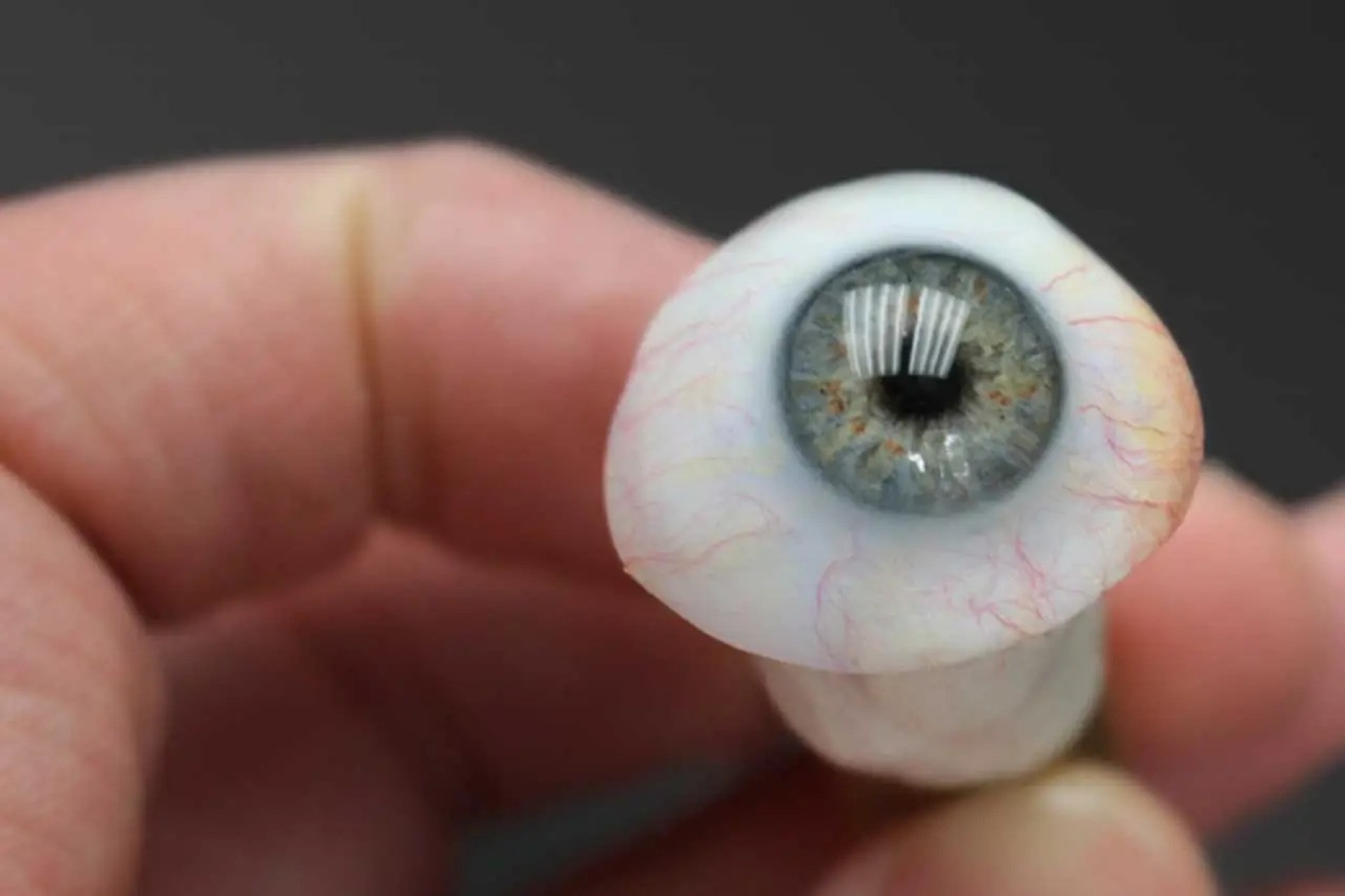
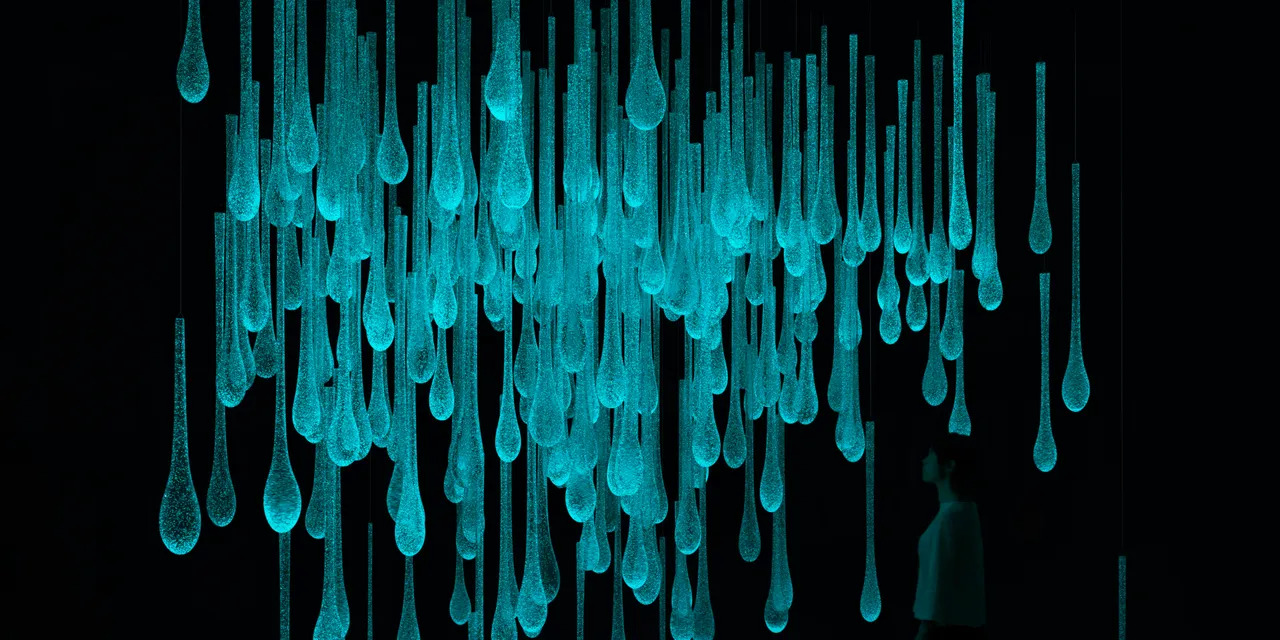
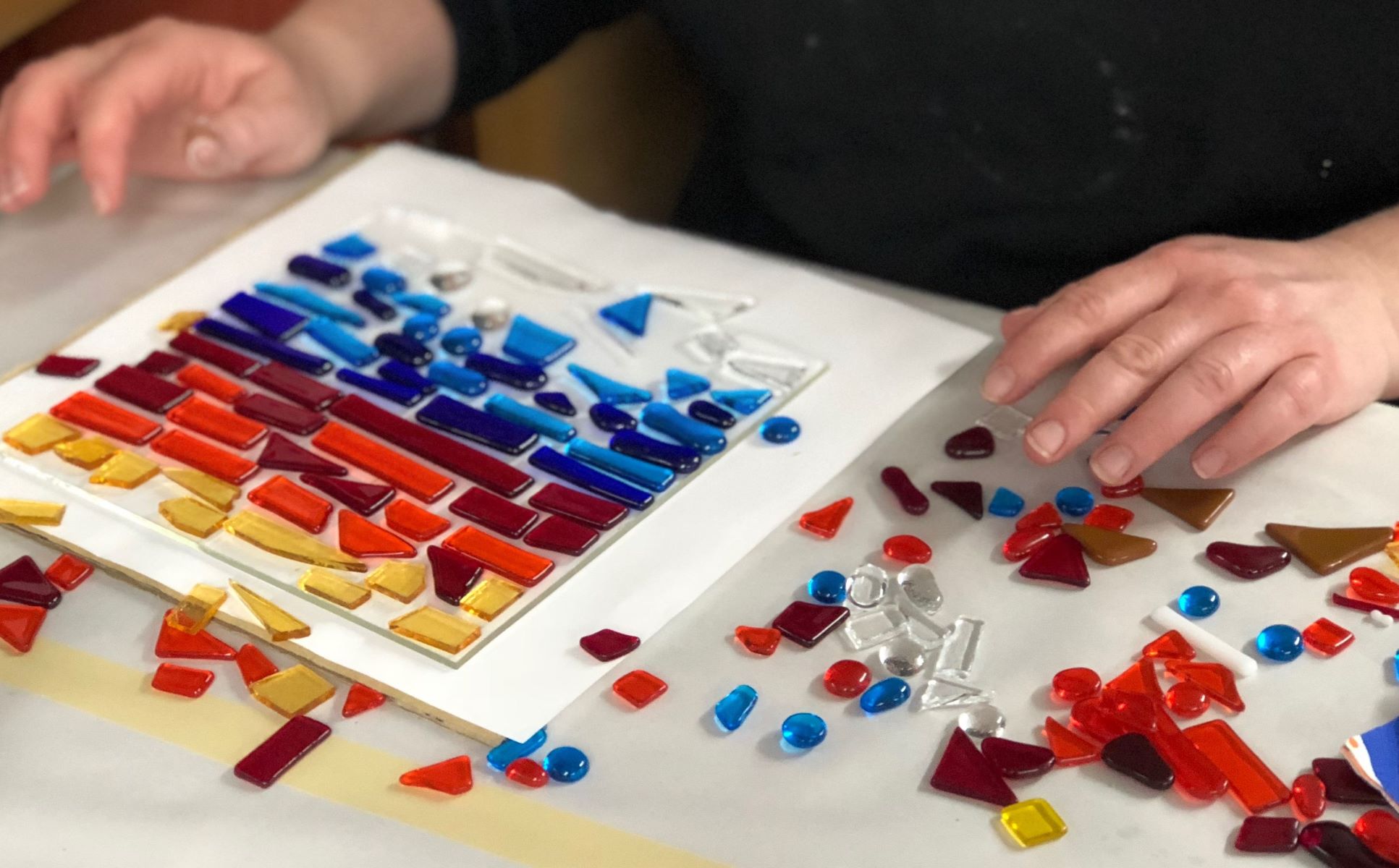

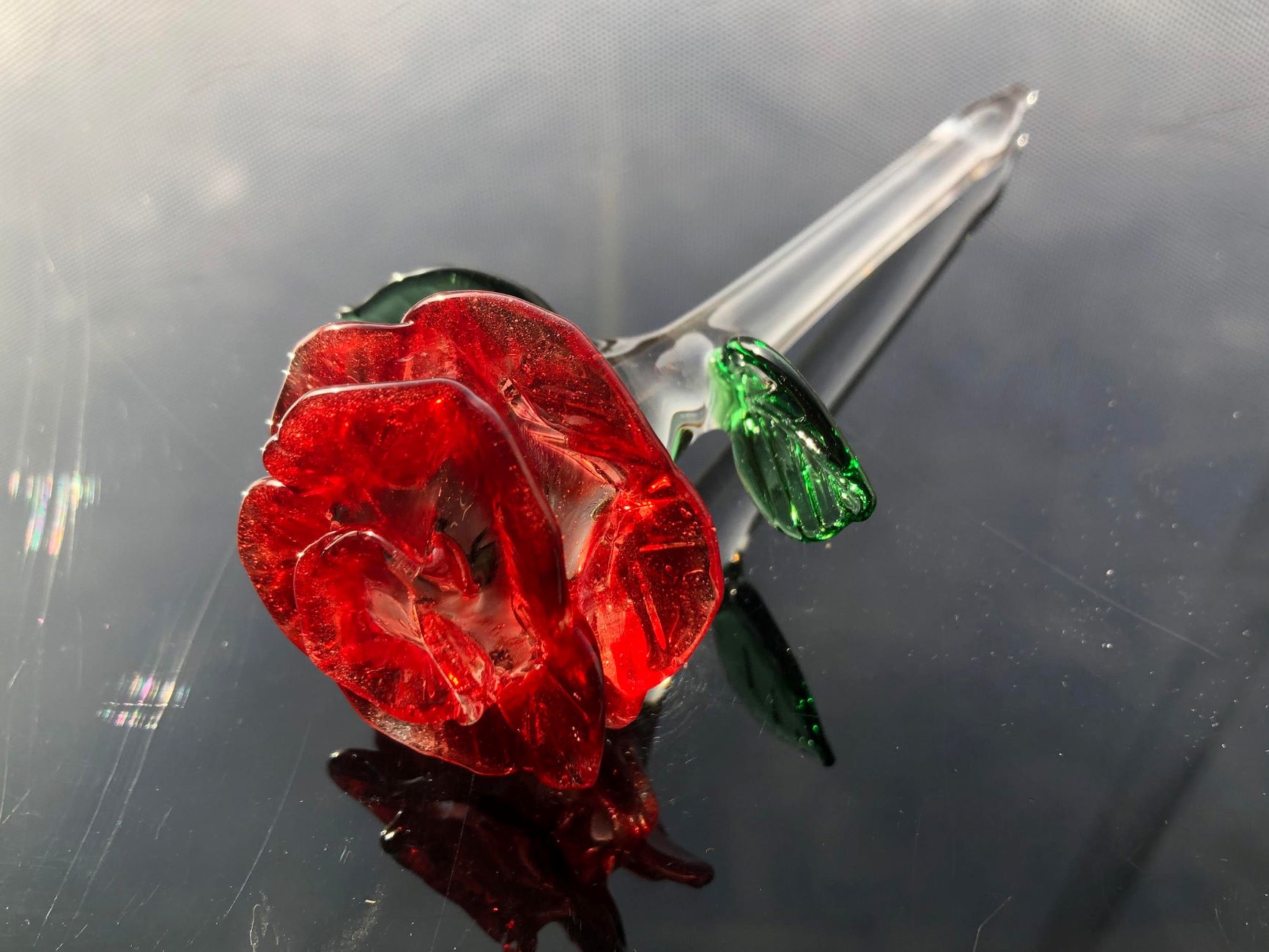
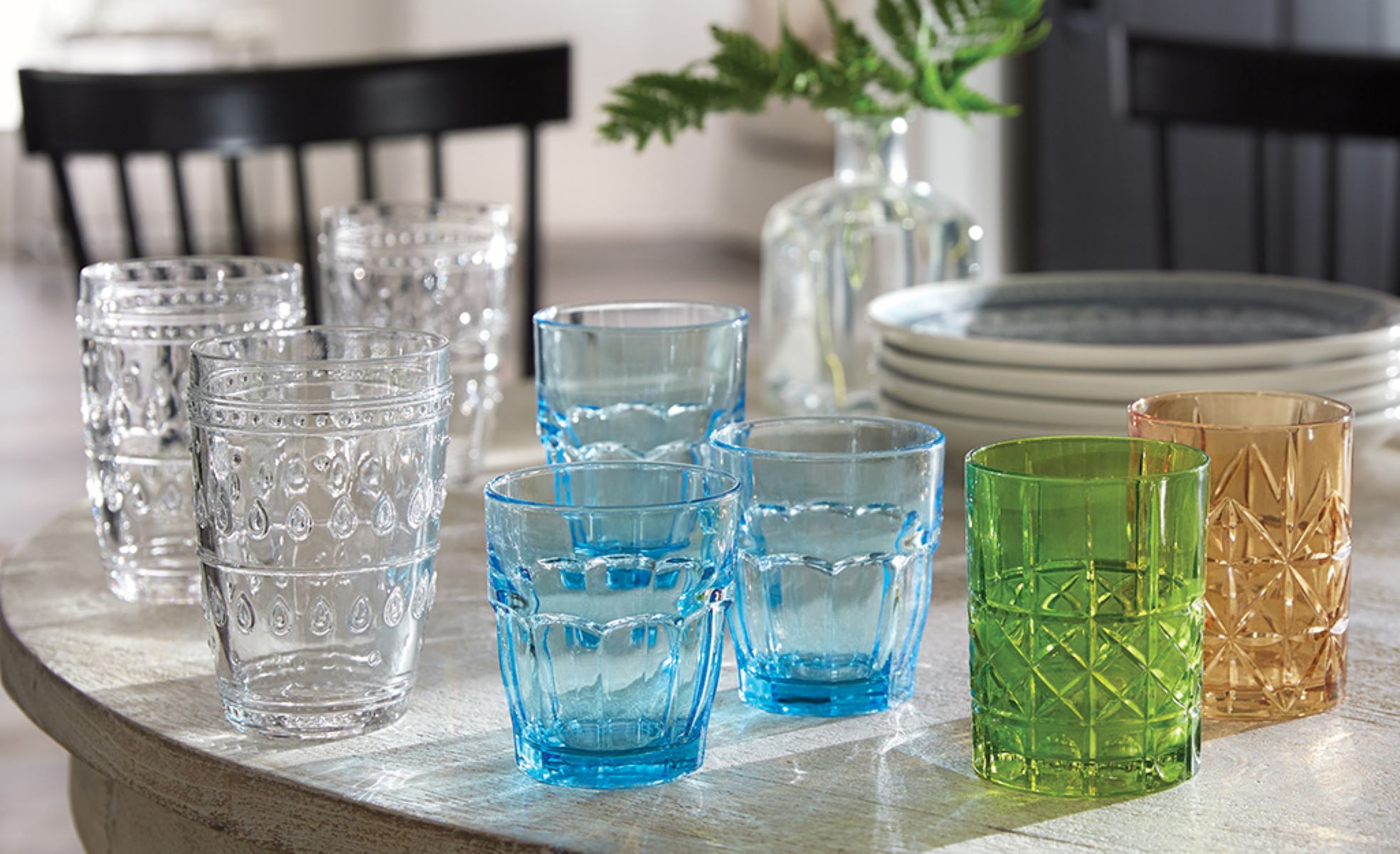
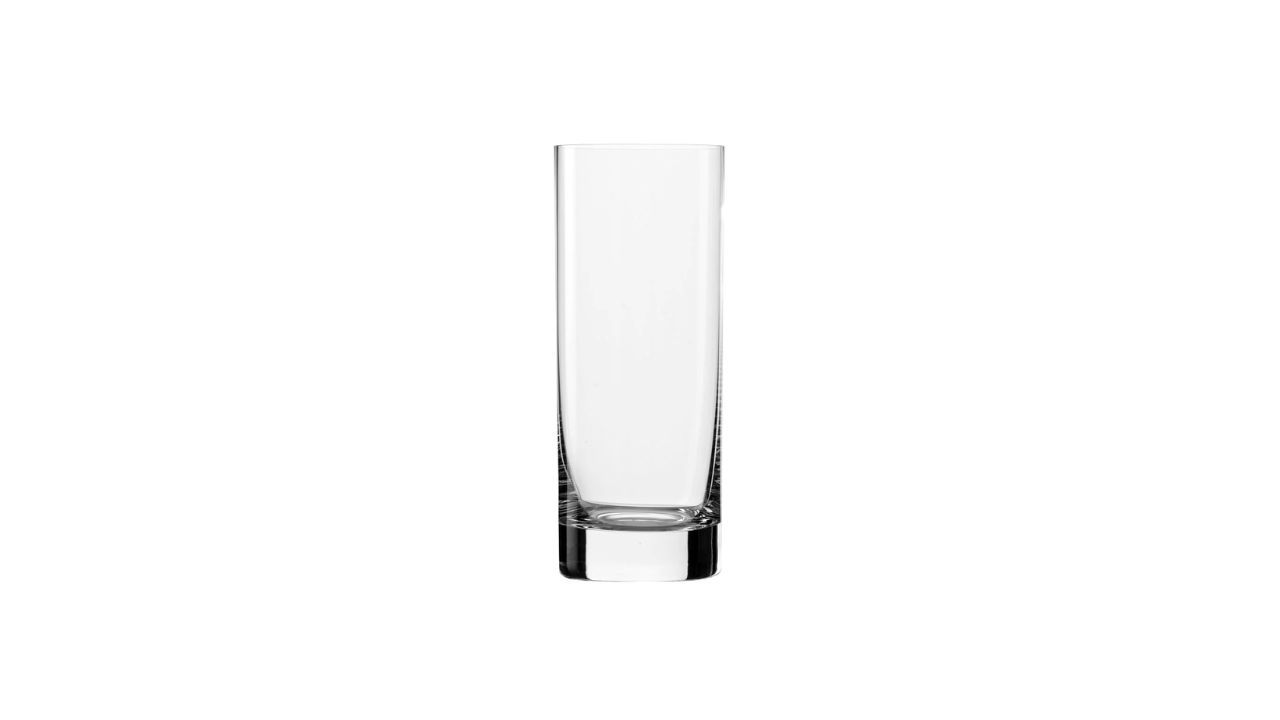
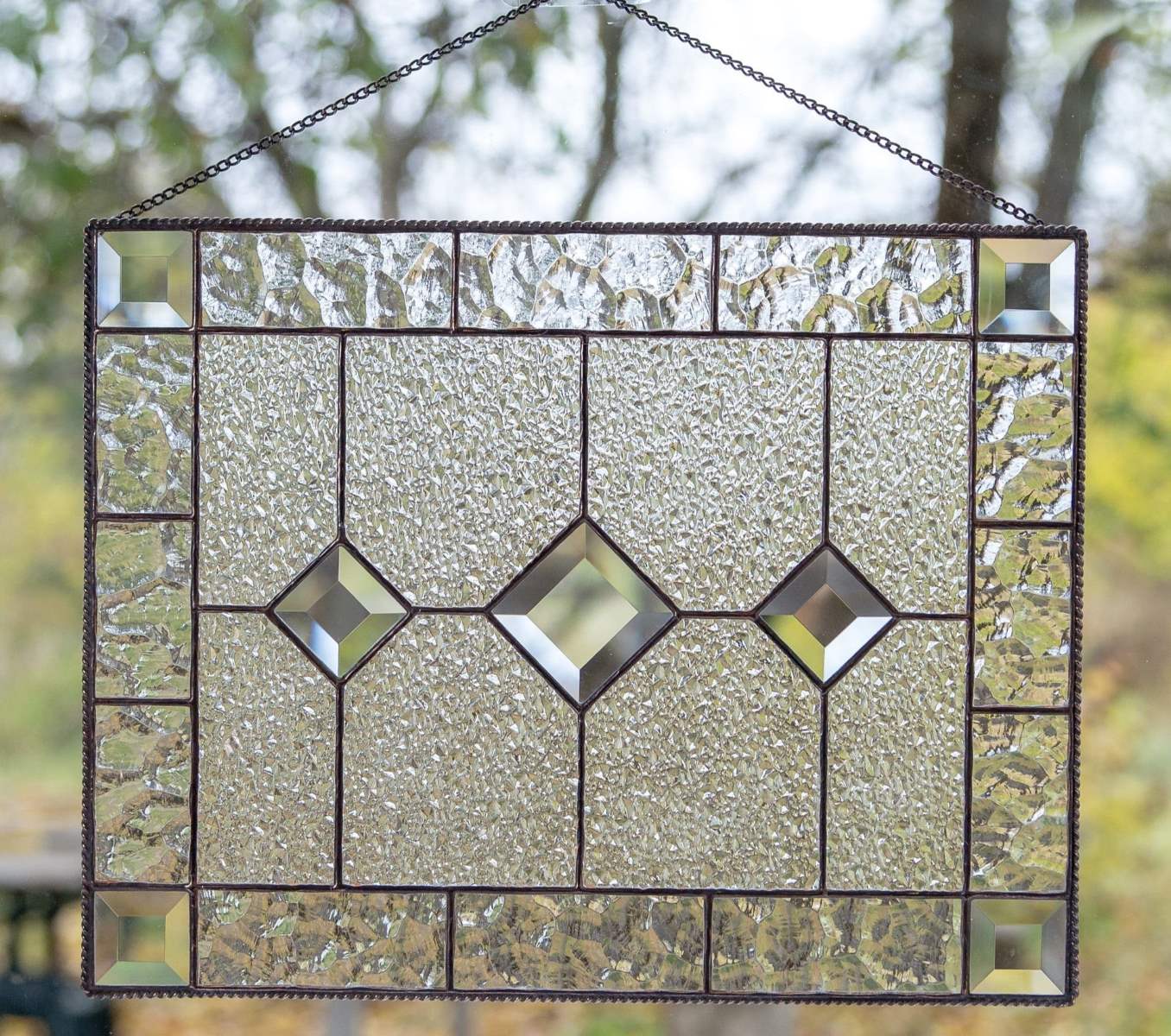

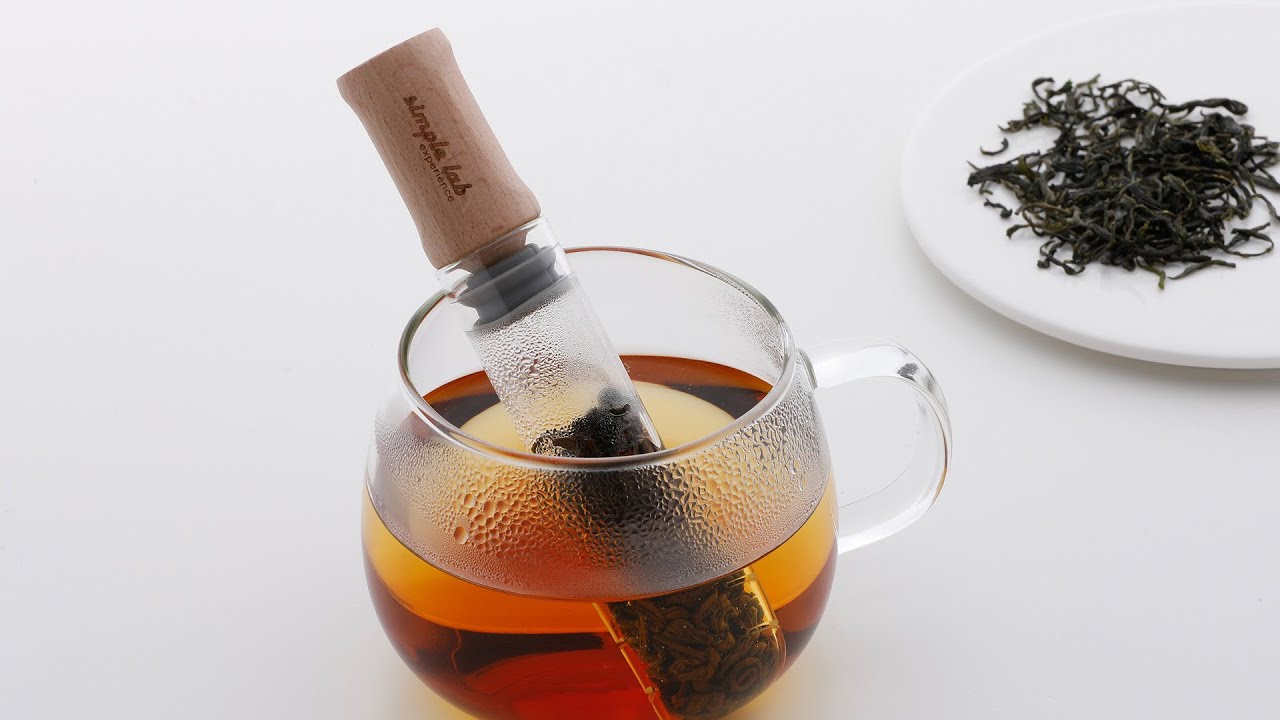
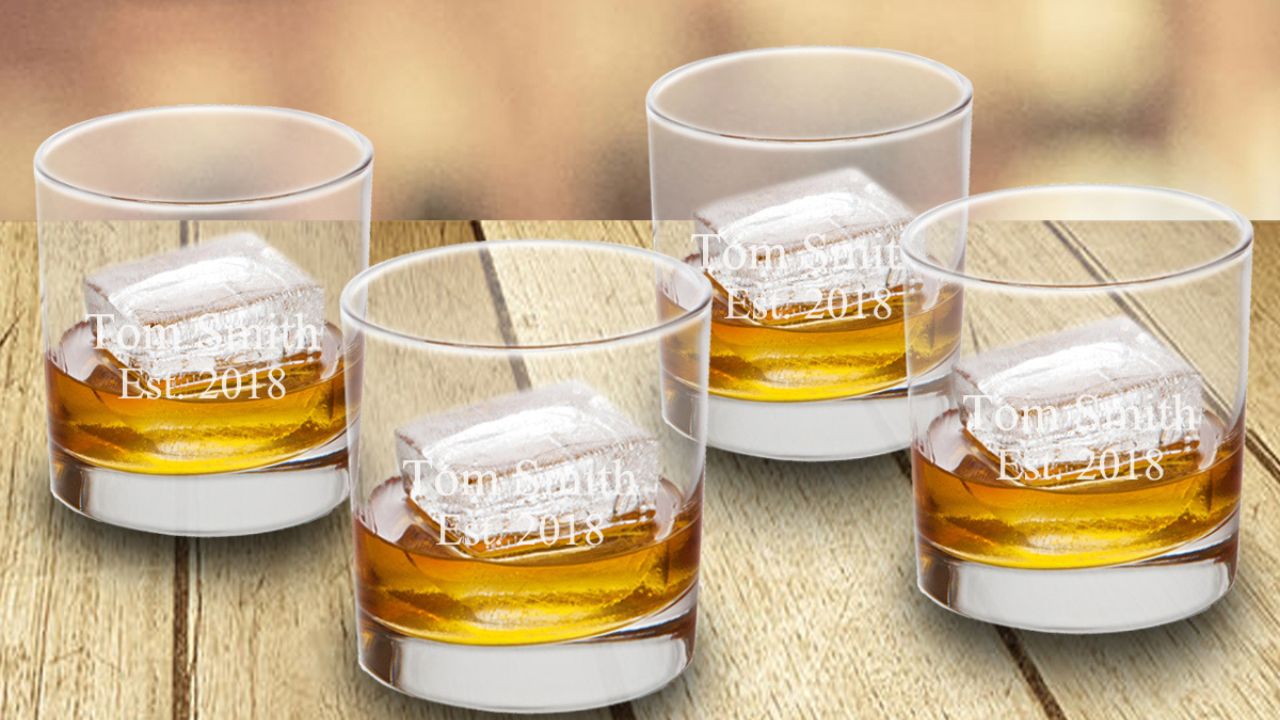
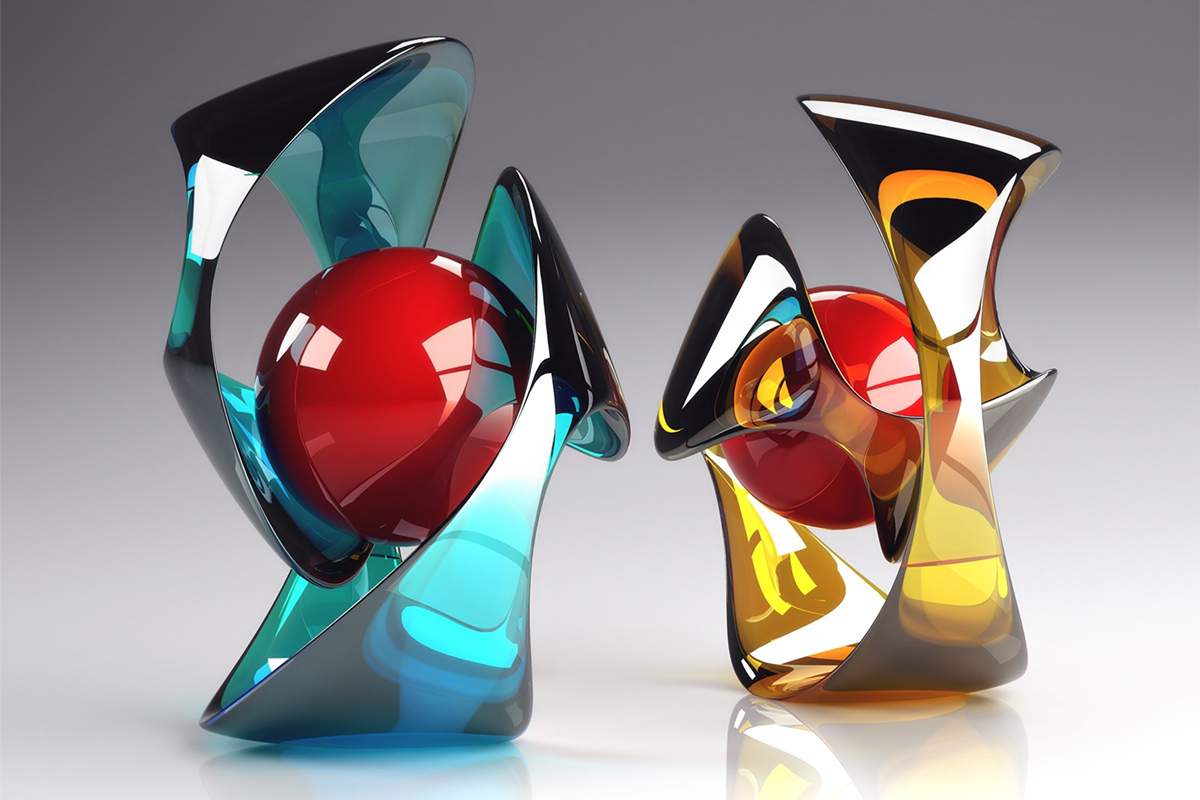

0 thoughts on “What Is Glass Fusion”